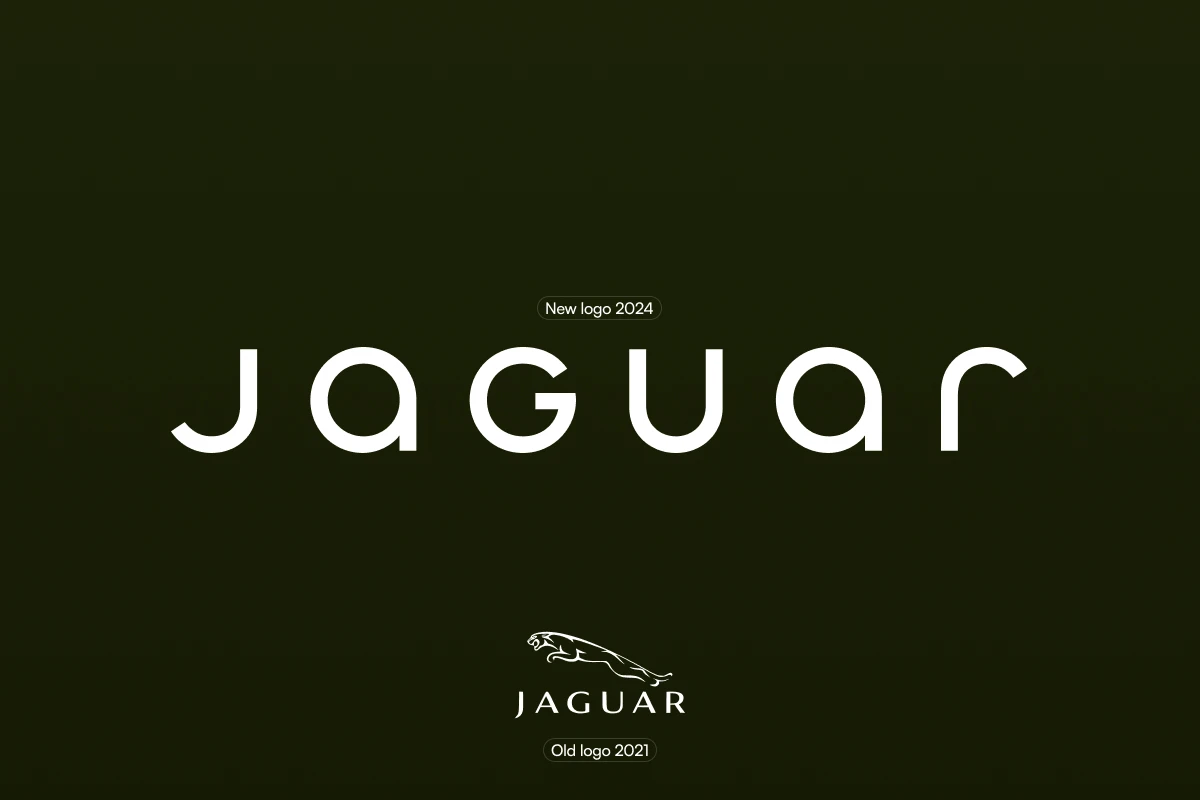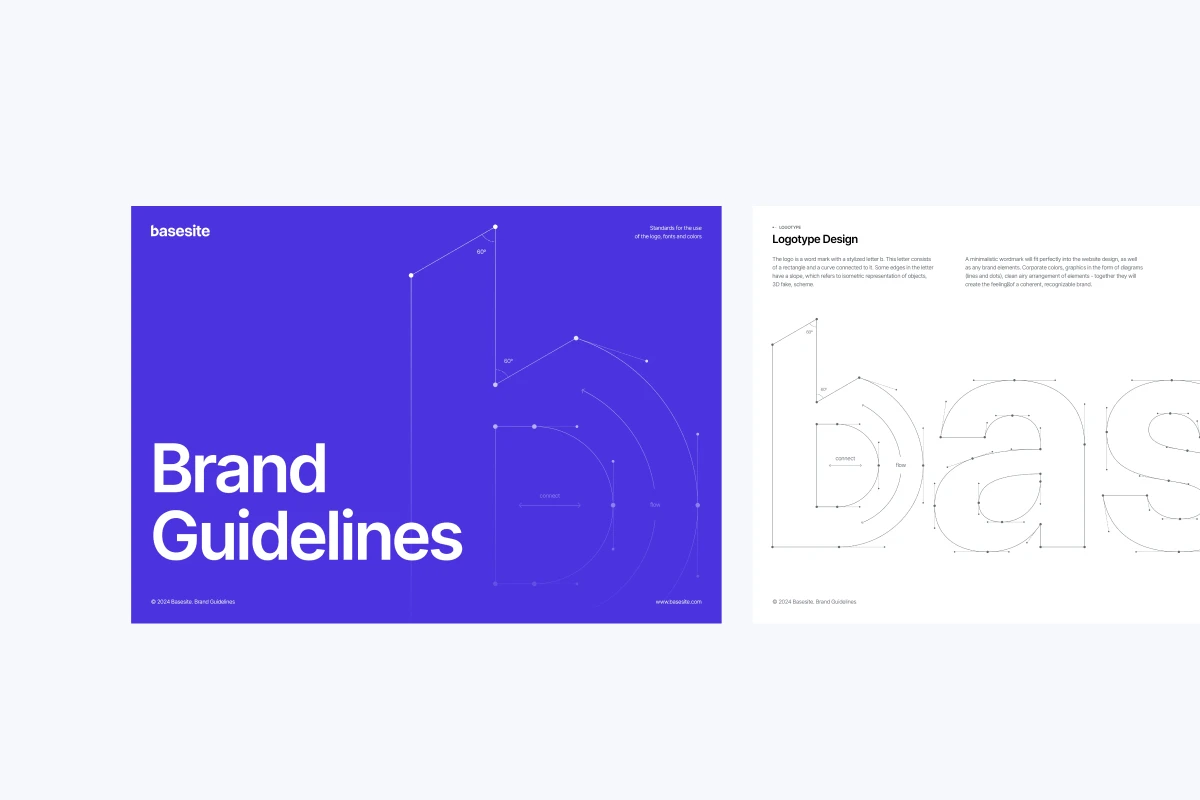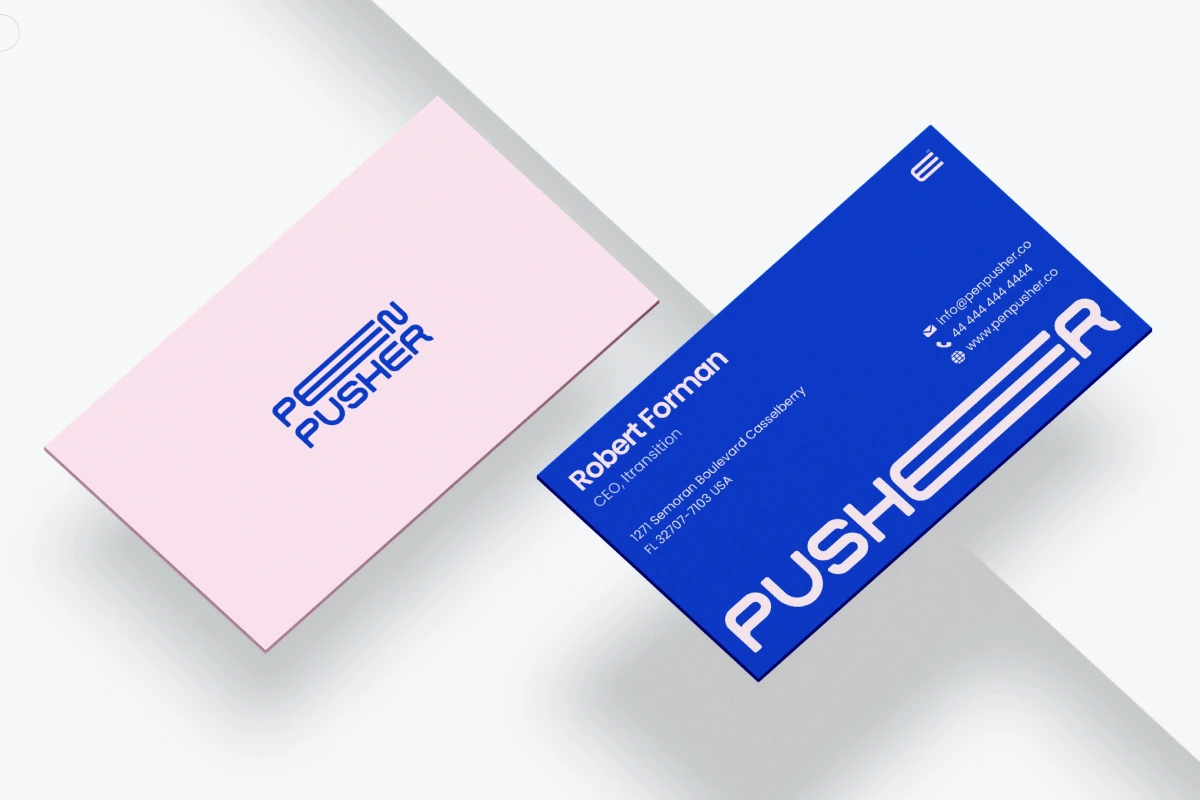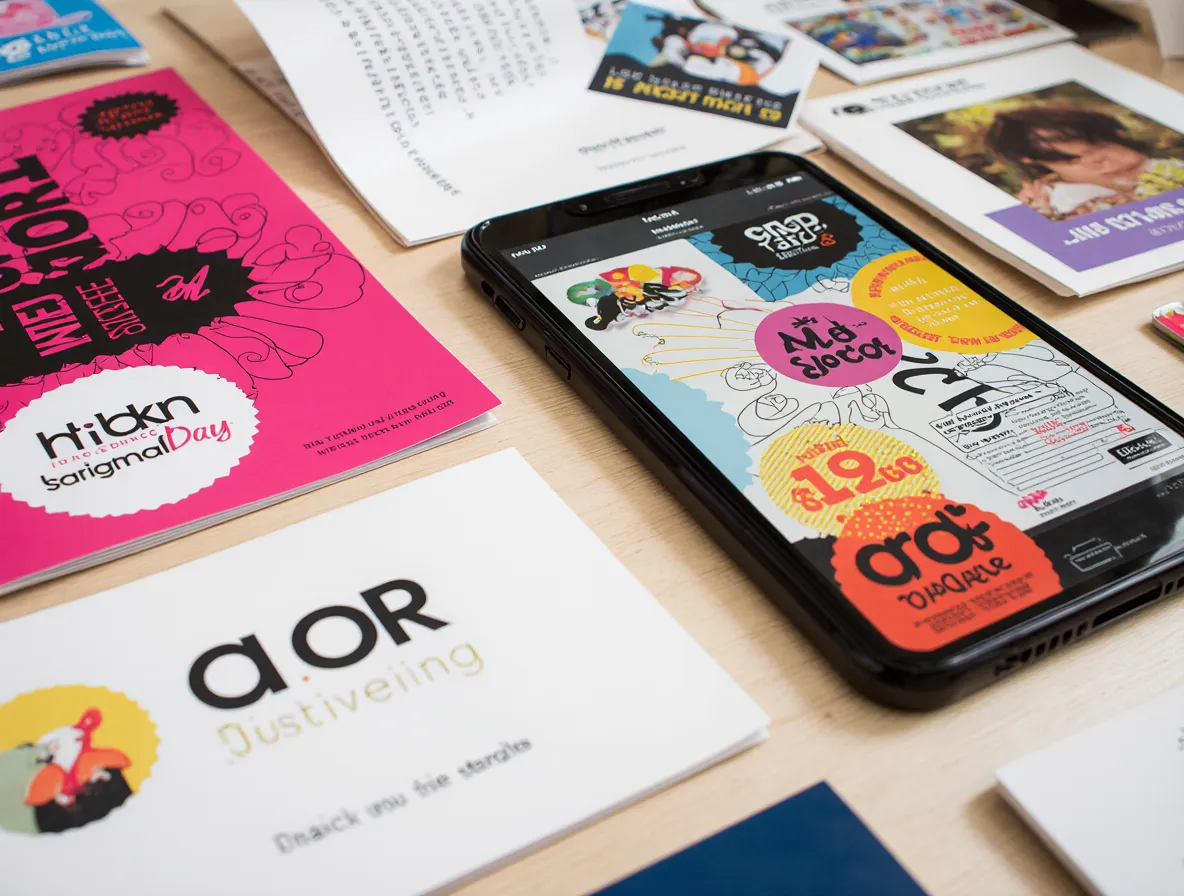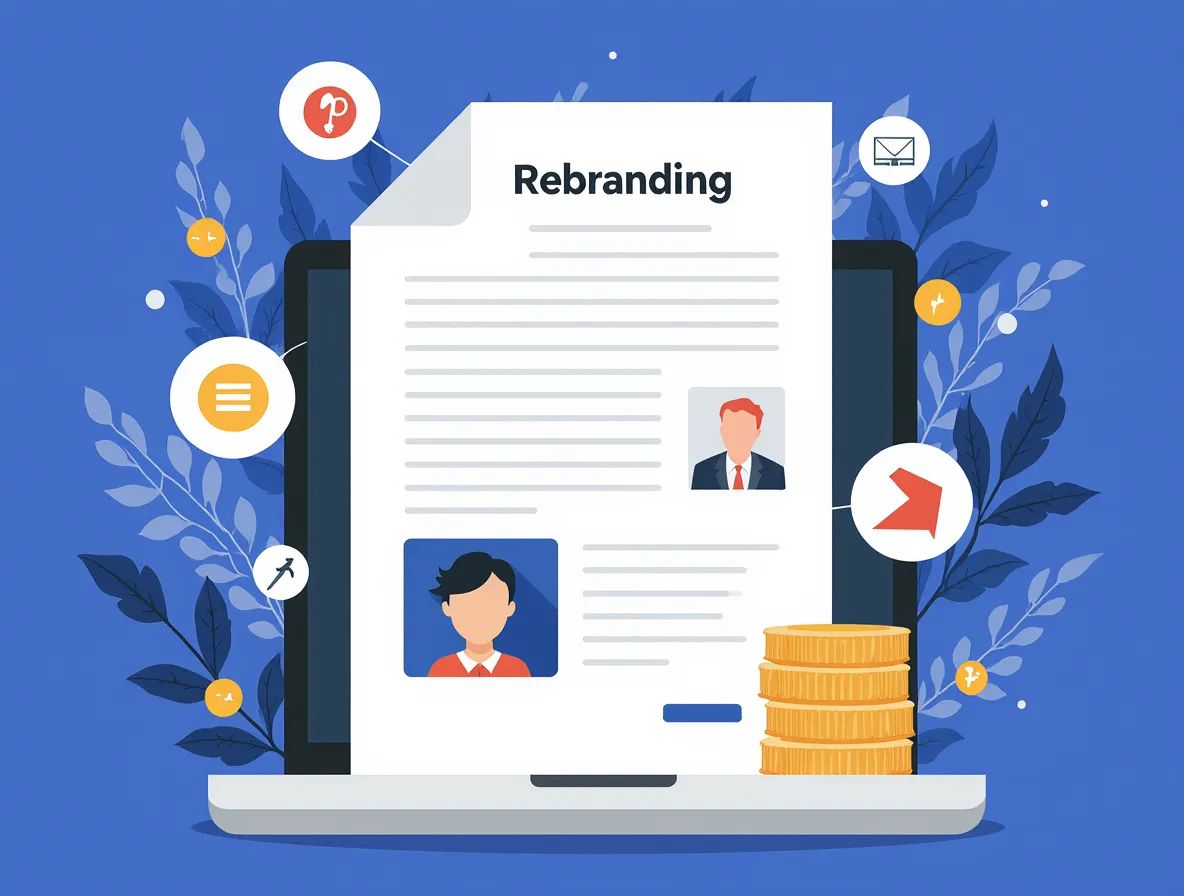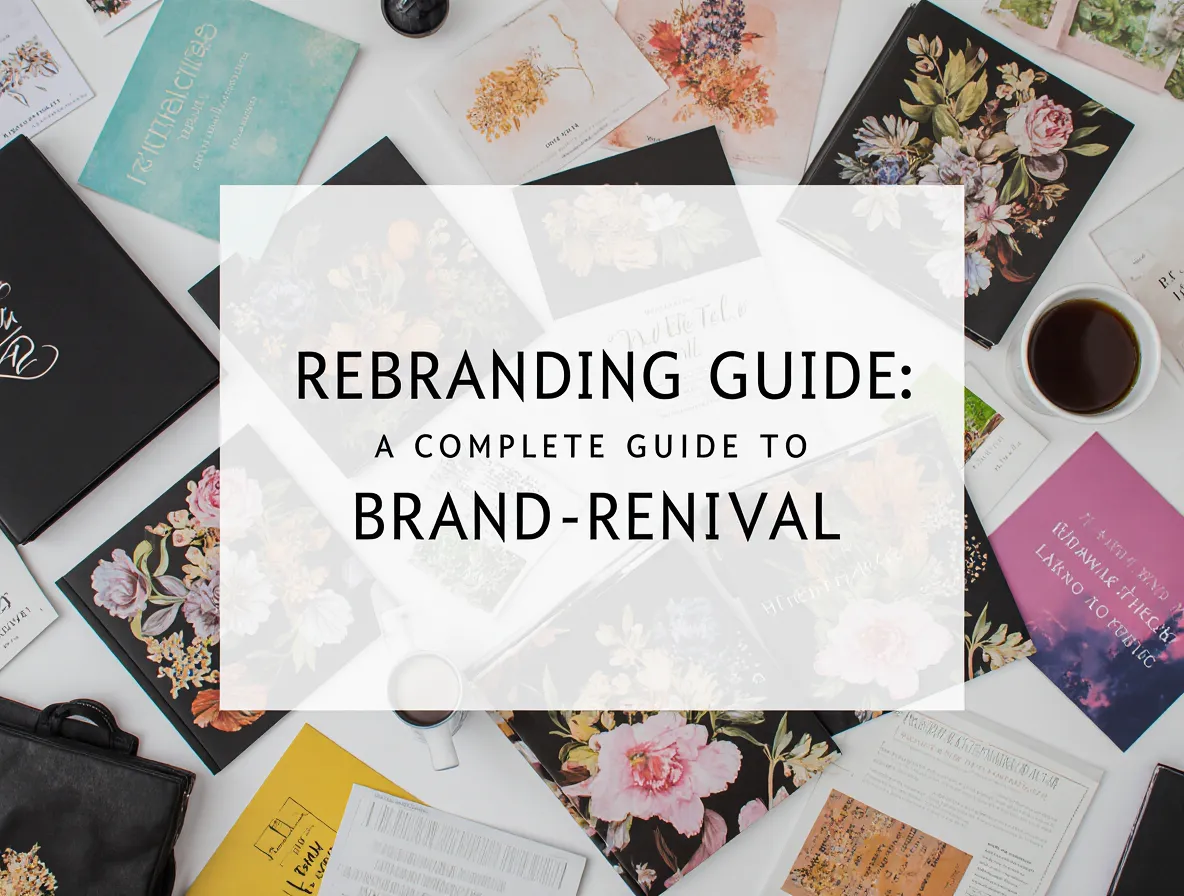Rebranding fails when companies chase change without understanding why they need it. Most businesses lose between 20% and 40% of their customer base during poorly executed rebrands, and 68% never recover their original market position. The difference between success and failure comes down to avoiding preventable mistakes.
How We Got Here: From Cosmetic Updates to Strategic Transformation
Fifteen years ago, rebranding meant hiring an agency to redesign your logo and update your website. Companies treated it as a cosmetic project, disconnected from business strategy. This approach collapsed during the social media revolution of 2010-2015 when brands discovered that visual changes alone couldn't control customer perception anymore.
Two failed rebranding approaches emerged. "Community-designed" rebranding crowdsourced every decision, resulting in design-by-committee disasters. "Stealth rebranding" tried gradual, unannounced changes to avoid scrutiny, which instead created confusion and eroded trust.
Modern rebranding solves these problems by treating brand identity as an integrated system: strategy first, design second, implementation third. The visual elements still matter, but they're now the final expression of strategic clarity, not a substitute for it.
What Are the Rebranding Challenges You'll Face?
Rebranding carries three primary risks: brand equity loss, customer confusion, and operational disruption. Companies with established recognition sacrifice existing value when they change too much. A mid-sized company typically spends $50,000 to $500,000 on a complete rebrand. This investment only pays off if you retain your customer base and successfully attract new segments.
Three Critical Rebranding Mistakes That Kill Brands
Changing Everything Without Testing First
Companies often unveil complete rebrands without validating customer reactions beforehand. Leadership teams spend months in strategy sessions, becoming convinced the new direction is perfect. But customers have emotional connections to your current identity that leadership overlooks.
Tropicana learned this in 2009. They completely redesigned their packaging without adequate testing. Sales dropped 20% in the first month—a $30 million revenue loss. They reversed the rebrand within 36 days. Changing familiar visual cues eliminated the mental shortcuts customers used to find their product, causing immediate shelf recognition loss. This marketing rebrand failure demonstrates how ignoring consumer psychology destroys value.

{{vad-quote-1}}
Ignoring Your Core Customers to Chase New Ones
Businesses rebrand to attract different demographics but forget about the people already buying from them. The reasoning follows a seductive pattern: "Our current customers already love us, so small changes won't drive them away. But new audiences need something fresh to notice us." This assumption fails because loyalty is conditional.

- Gap's 2010 logo redesign targeted younger, more modern consumers. Their existing customer base revolted on social media.
- The company received over 2,000 negative comments in 48 hours and reverted to the original logo within six days.
- They lost approximately $100 million in market value during that week.
- The deeper damage: they signaled to core customers that Gap no longer valued them, creating distrust that contributed to declining sales for three subsequent years.
- This rebrand backlash shows how alienating loyal customers triggers immediate financial consequences.
Treating Rebranding as a Marketing Project Instead of Business Transformation
Marketing departments often lead rebrands, but successful rebrands require company-wide transformation. Marketing can create beautiful assets, but they can't force sales teams to adjust their pitch or customer service to change their approach. The external message doesn't match the internal reality, customers notice immediately.

British Airways spent £60 million in 1997 rebranding with new tail fin designs representing world flags. The marketing was elegant. But the operational reality contradicted it: labor disputes, service cutbacks, and declining quality. Customers saw through the imagery because their experience hadn't improved. BA reversed the rebrand in 2001 after four years of criticism and lost revenue estimated at £200 million. This brand strategy error illustrates the disconnect between visual transformation and operational execution.
Should You Rebrand or Refresh?
Most companies need a brand refresh, not a complete rebrand. A refresh updates visual elements while maintaining brand recognition. A rebrand fundamentally changes how customers perceive your company. If customers can still recognize you after the changes, it's a refresh. If they don't know it's the same company, it's a rebrand.
Most companies discover they need evolution, not revolution. A strategic brand refresh modernizes your visual identity while preserving the equity you've built, making it the smarter choice for businesses with established market recognition.
Mastercard's 2016 evolution demonstrates effective refreshing: they simplified their overlapping circles and removed the "Mastercard" wordmark from their logo, but kept their distinctive red and yellow color scheme. Recognition remained high while modernizing their identity.
{{mike-quote-1}}
Unsuccessful Rebranding Examples: When Change Hurts More Than It Helps
Here's the strongest argument against rebranding: it's a distraction from fixing real problems. Companies use rebranding as a band-aid when they should be addressing operational failures, product quality issues, or customer service breakdowns. If your business is failing because your product doesn't meet customer needs, no visual polish will save you.
RadioShack's multiple rebrand attempts between 2009 and 2017 illustrate this perfectly. They changed their name to "The Shack," updated their logo three times, and repositioned themselves as a mobile phone retailer. None of it worked because the underlying problem was irrelevant product selection. They filed for bankruptcy twice. The rebrands were expensive theater that delayed necessary business model transformation. This brand failure demonstrates how cosmetic changes can't fix fundamental business problems.
- This argument applies primarily to businesses using rebranding as a substitute for operational improvement.
- For companies with solid operations but misaligned market positioning, rebranding remains essential.
- The key distinction: are you rebranding to communicate real change or to disguise the absence of change?
- Fix operational issues first, then rebrand to signal those improvements. Domino's Pizza did this successfully in 2009-2010.
- They admitted their pizza tasted bad, reformulated their recipes, improved their delivery technology, and then rebranded with transparent marketing.
- Their stock price increased 2,000% over the following decade.
Understanding what can go wrong is just the first step. To build a successful rebranding strategy, you'll need deeper knowledge about choosing the right partners, planning your approach, and measuring results.
- Rebranding: A Complete Guide to Brand Renewal
- Rebranding Strategies: How to Build a Successful Path
- How to rebrand small businesses
- Rebranding vs. brand refresh: how to choose the right scale of change (guide + checklist)
- Rebranding for SaaS and technology companies: tasks, specifics, examples of solutions
- When a company needs rebranding: signs and reasons for renewal
- Rebranding for startups: how to create a unique image from the very beginning
- How to Know if Your Rebrand is Successful - Measuring the Success of Your Rebrand
What Should You Do Before Changing Anything?
Start with a brand audit—a systematic assessment of your current brand equity and market position. Your brand audit should answer these questions: What percentage of your target audience recognizes your brand unprompted? Which specific attributes do customers associate with you? How do you compare to direct competitors? What emotional responses does your brand trigger?
Conduct the audit through quantitative surveys, qualitative interviews with 15-20 customers, and competitive analysis. This research typically costs $15,000-$50,000 but prevents catastrophically expensive mistakes. Starbucks used extensive brand audits before their 2011 logo evolution. They discovered that 94% of customers immediately associated the siren symbol with Starbucks, even without the company name. This gave them confidence to remove the wordmark entirely, avoiding the rebranding pitfalls that trap companies who change too much too fast.
{{vad-quote-2}}
Understanding the Psychology Behind Negative Brand Reaction
Your brain processes familiar brands differently than unfamiliar ones. Neurological research shows that recognizable brand logos activate the medial prefrontal cortex—the same region involved in self-referential thinking. Customers process known brands as extensions of their own identity.
This creates a challenge during rebranding. Changing familiar brand elements forces the brain to work harder, creating cognitive friction. Studies measuring reaction times show that customers take 40-60% longer to recognize brands after significant visual changes. This delay matters in retail environments where purchase decisions happen in 2-3 seconds. Logos with fewer than three colors and basic geometric shapes achieve 89% recognition accuracy. Complex designs with gradients or intricate details drop to 47% recognition. These are the fundamental reasons why many rebrands that failed did so despite having objectively better design—the brain simply needed more time to adapt.

The mere exposure effect works against rebrands initially. Your old brand benefits from years of exposure. The new brand starts at zero, requiring intensive marketing to build familiarity. Research suggests 50-100 exposures are needed for a new brand identity to achieve the same subconscious recognition as an established one. Understanding this psychological barrier helps explain the mechanism behind negative brand reaction when customers encounter unfamiliar visual identities.
How to Avoid Unsuccessful Rebranding
The pattern across unsuccessful rebranding cases reveals common threads: inadequate research, poor stakeholder communication, and disconnection between brand promise and operational reality. Companies that avoid these traps follow a disciplined process.
- First, they establish clear success metrics before starting. They define what improvement looks like in measurable terms: increased brand awareness among target demographics, higher Net Promoter Scores, or improved competitive positioning on key attributes. Without metrics, you can't distinguish success from failure.
- Second, they involve cross-functional teams early. Marketing leads creative execution, but sales, customer service, and product development provide essential perspective. This prevents the common mistake where beautiful brand assets fail because they don't reflect actual customer experience or product capabilities.
- Third, they test extensively before launch. Small-scale pilots, focus groups, and A/B testing with real customers reveal problems while they're still fixable. The cost of testing—typically $10,000-$30,000—is negligible compared to the cost of reversing a public launch failure when customers reject the new identity.
If you've identified genuine strategic misalignment and are ready to transform how the market perceives your business, professional rebranding guided by experienced strategists helps you navigate this complex process without the costly mistakes outlined above.
Rebranding done right clarifies your position and signals genuine evolution. Done wrong, it burns money while confusing everyone who already knows you. The difference comes down to strategic discipline: understanding what needs to change, what must stay the same, and how to bring stakeholders along for the journey. Start with diagnosis before prescription. Audit your brand equity, understand customer perceptions, identify positioning gaps. Only then can you determine if you need a refresh, a rebrand, or neither.





